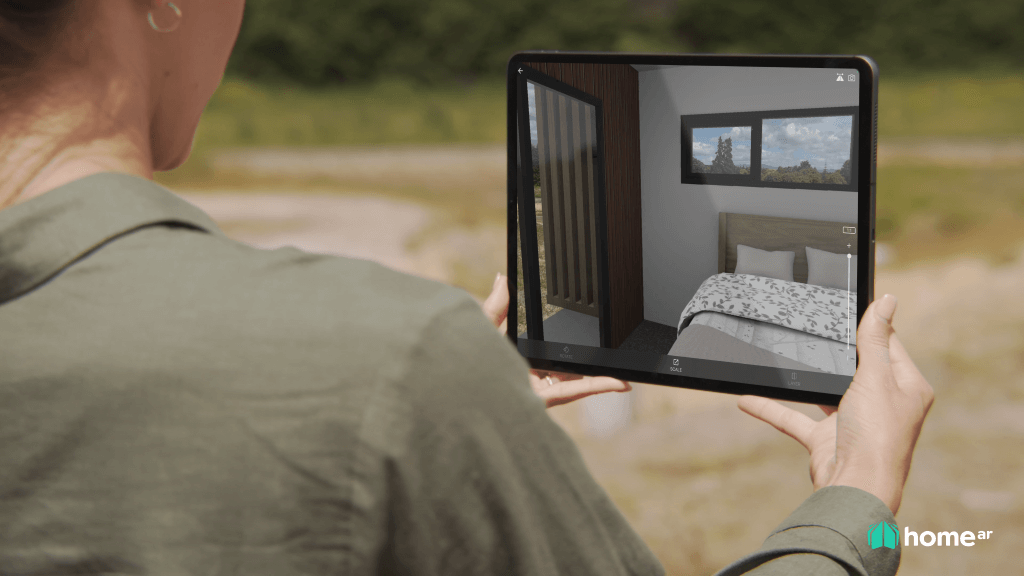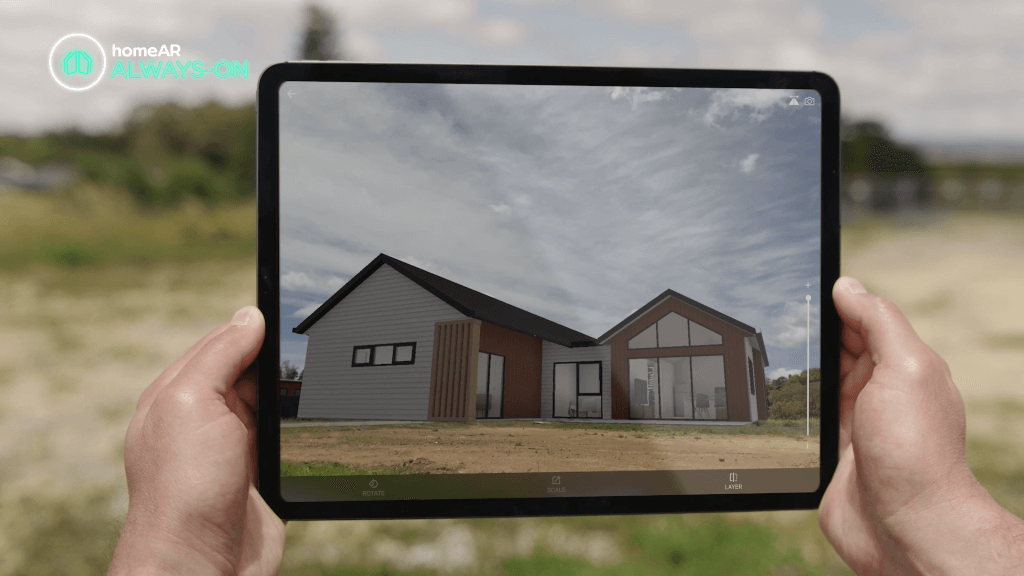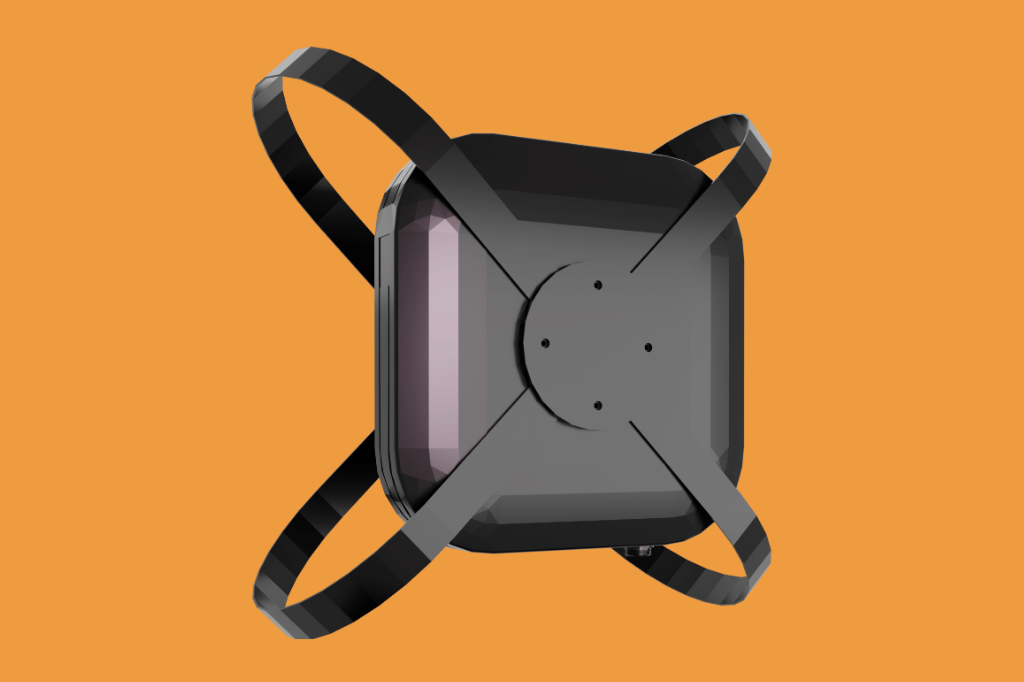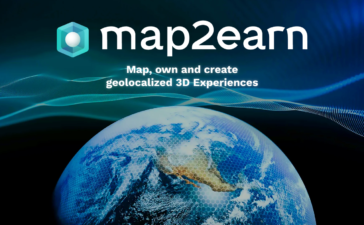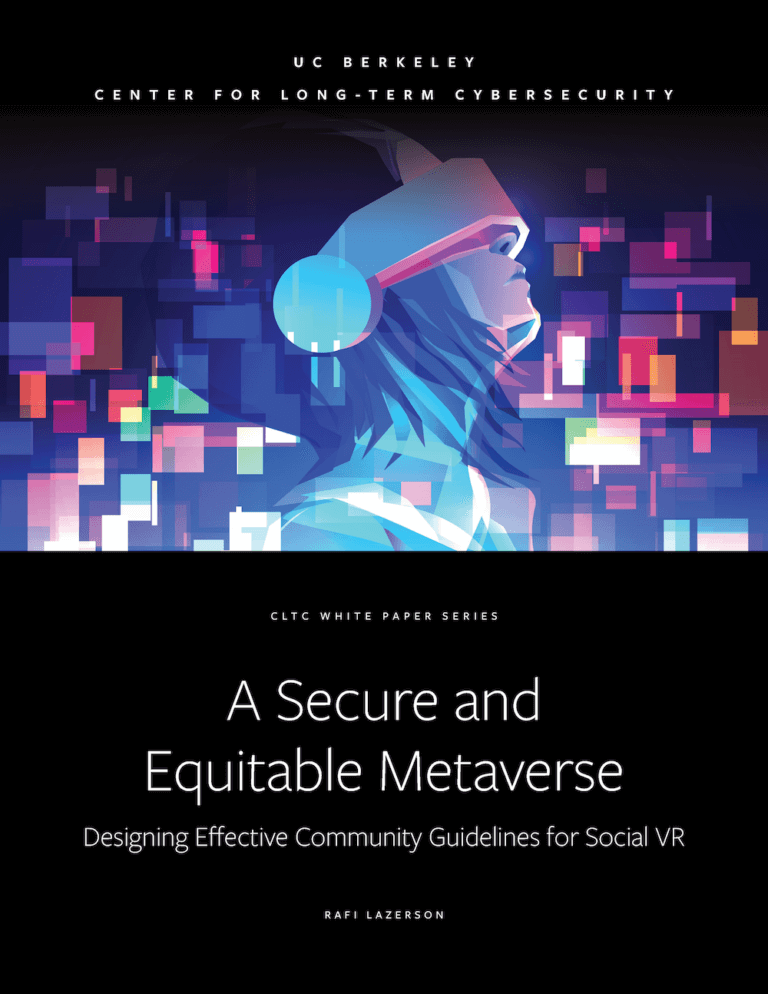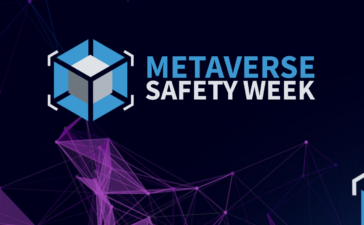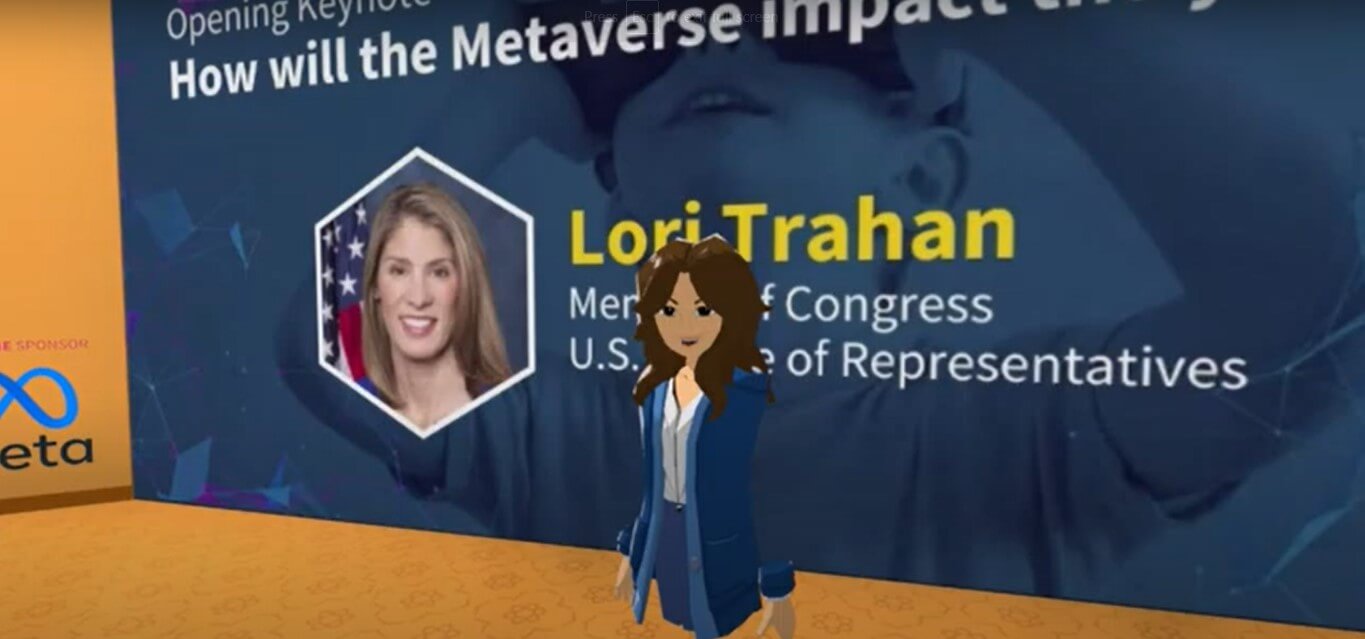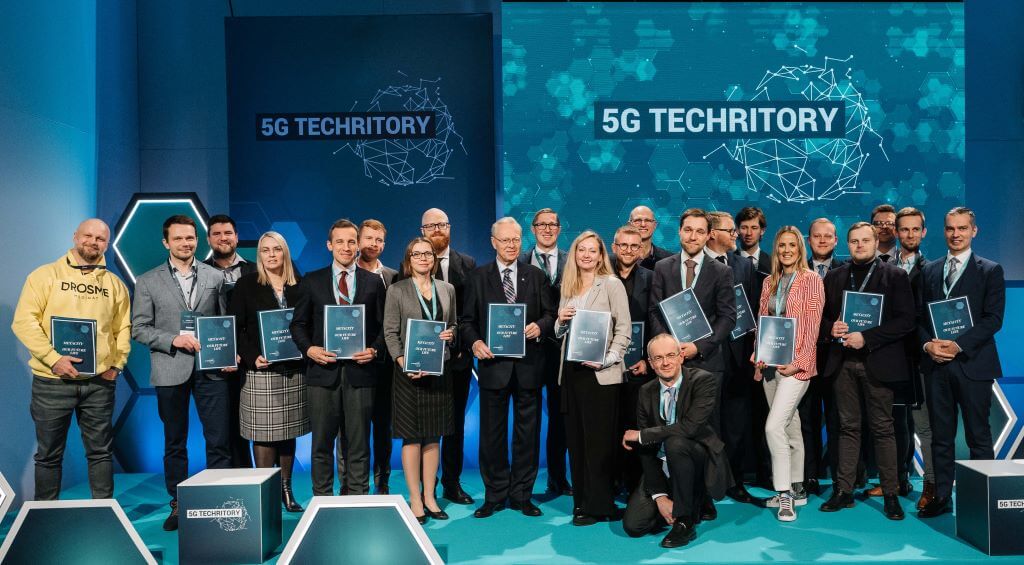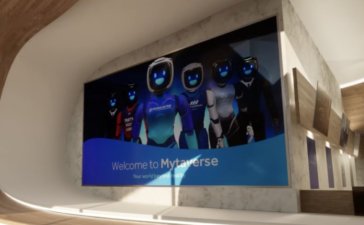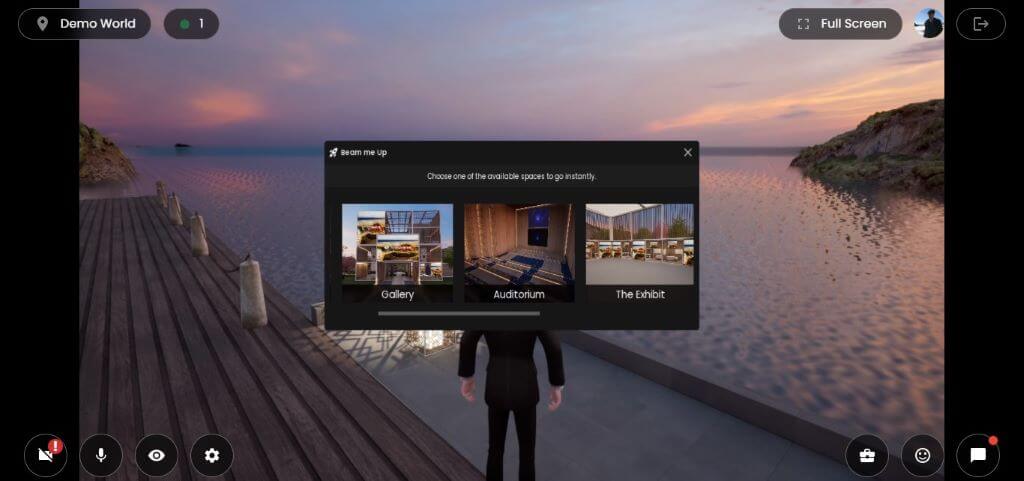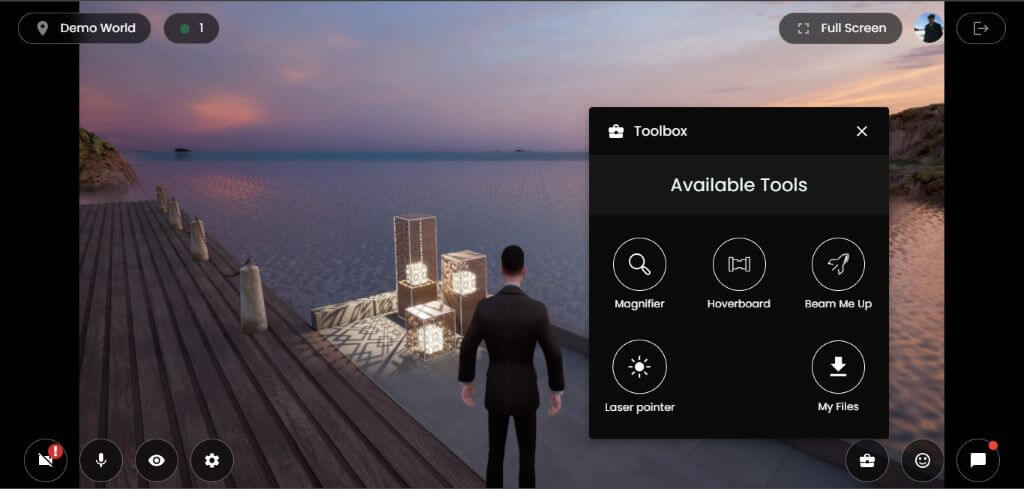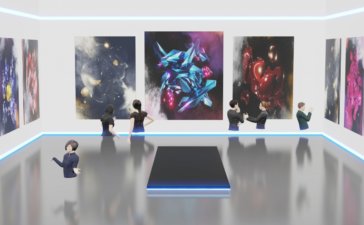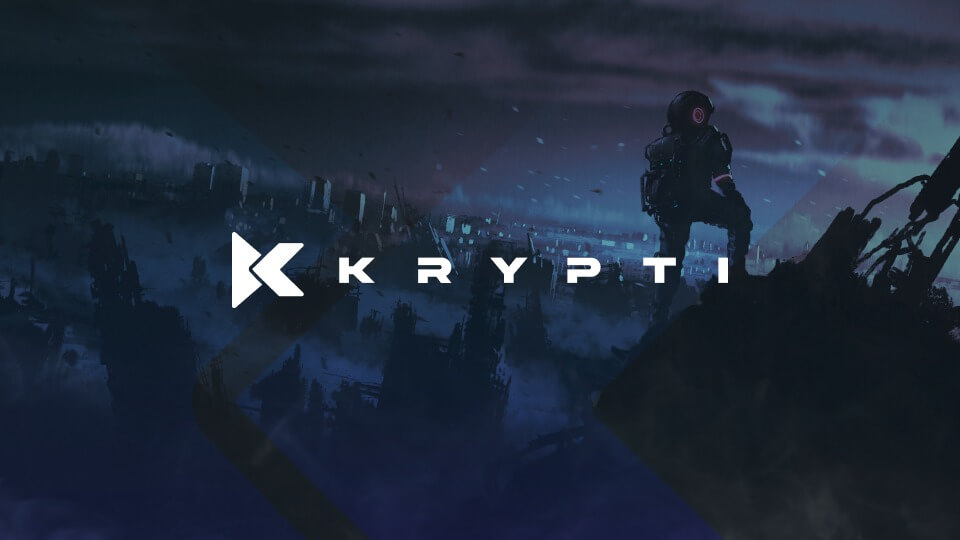Among Us has been a hit game for a while now. Among Us VR is a more recent phenomenon. Get your tasklist ready, memorize the map, warm up your button-smacking hand, and trust no one as we pilot the Skeld II through a trial run.
A Brief History of Among US VR
Game studio Innersloth released the original Among Us in 2018 as a free app game with some optional paid customization features. The immensely social game sees a team of travelers piloting a ship (the Skeld II) through space only to find that some among them are “Impostors” who sabotage the ship and kill crewmates.

Playing as an Impostor, players try to blend in with the crewmates while destroying the ship’s functions and/or murdering enough of the real team to take over. Playing as a crewmate, players need to keep the ship flying and stay alive long enough to determine which of them are Impostors.
Among Us VR is no simple port (though unofficial attempts in the form of amateur mods on social VR platforms have existed for some time). To make the game immersive, Innersloth partnered with XR game studio Schell Games, known for titles like Until You Fall, and the I Expect You to Die series.
Announced at Meta Connect and launching the following month, Among Us VR is currently available for $10 on SteamVR and the Quest Store. Doing this review, I played on my Quest 2 (review).
Among Us VR is meant for players 13 and up. Violence is cartoony but graphic and inescapable. The title is also necessarily social so the effort at protecting young players is nice, even though it doesn’t work at all ever. The gameplay is complex when executed correctly by mature players – and equally complex when operated in ways a mature player doesn’t expect.
Navigating Menus, the Tutorial, and Online Gameplay
When first booting up Among Us VR, players are prompted to enter a birth date. You can lock this in on your headset, or you can choose to require a birth-date entry on each boot. That means that to play the game you have to be at least old enough to know how to lie about your birthday. The title is intended for players 13 and up. It is played by children 6 and up.
The main menu is simple. Your standard settings options are there, as are your customization options. Change the color of your crewmate and trick it out with little hats. Some hats are free, and some hat packs are available for purchase. (Yes, I do have the tiny crewmate hat only available to people who pre-ordered the game.)

The two largest buttons that dominate the main menu are to play online and learn how to play. The learn-how-to-play option is an offline tutorial that takes you through several aspects of gameplay without other users running around murdering you.
Learning the Ropes
Because the tutorial is representative of so many aspects of gameplay and to respect the privacy of online players, all of the screenshots in this review were taken in the offline tutorial or provided by Schell Games.
The tutorial takes you through life as a crewmate, solving tasks, pushing buttons, reporting bodies, and getting murdered. Then, you experience the afterlife (dead crewmates can’t vote, communicate with the living, or report bodies, but they can still complete tasks). You also get to play as the Impostor, climbing through vents, sabotaging the ship, and killing crewmates.
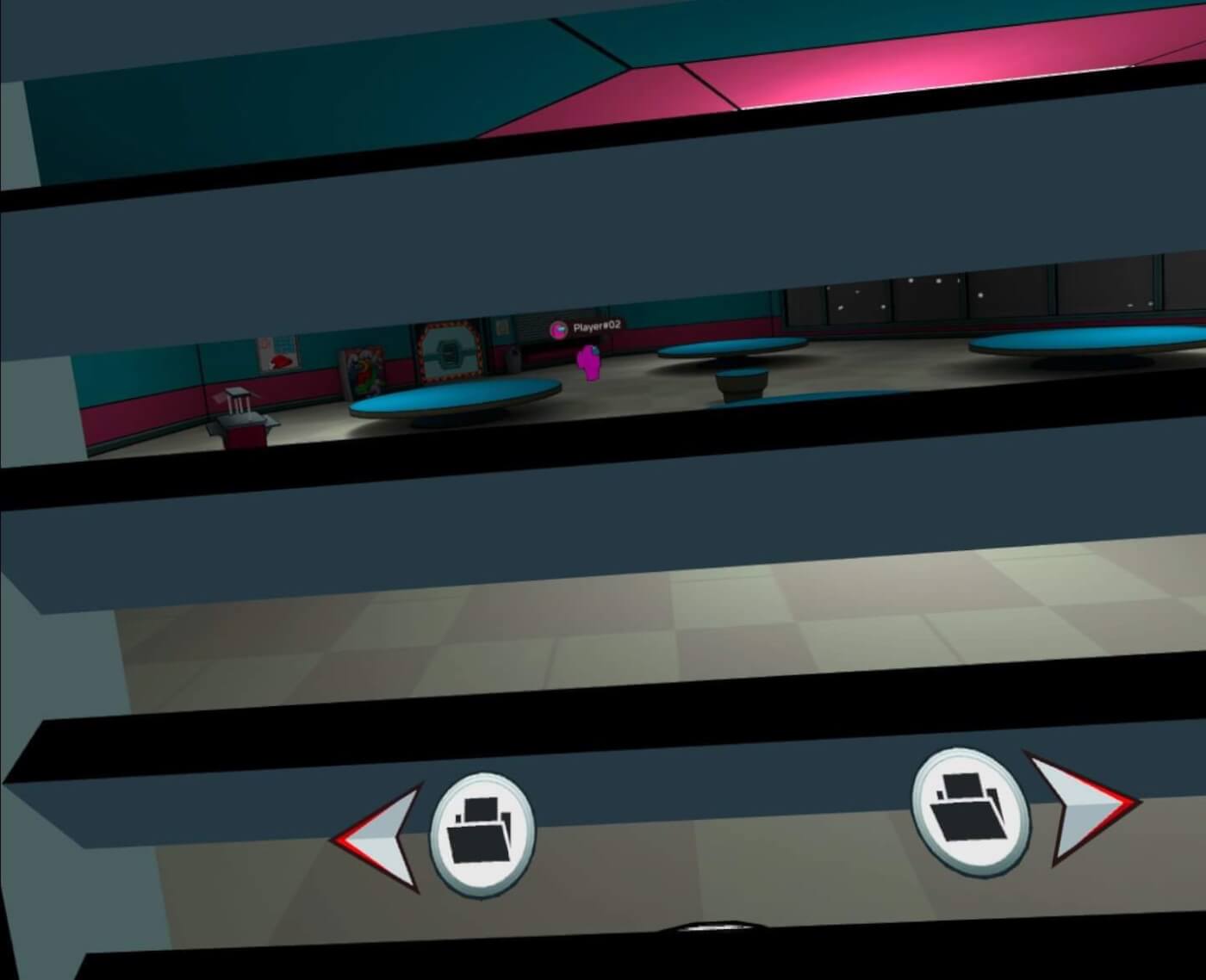
Unfortunately, the tutorial is limited to two rooms on a fairly large map. It also doesn’t include all of the tasks that you’ll need to complete when playing a full game. However, it’s still a nice introduction.
The controls are smooth. All of the tasks could theoretically be hand-tracked, but movement is controlled with the controllers, so they’re a must-have. There’s also a button to bring up the ship map and do some other basic commands. The controller layout isn’t overly complex or challenging, and all major controls are spelled out in the tutorial and are changeable in settings.
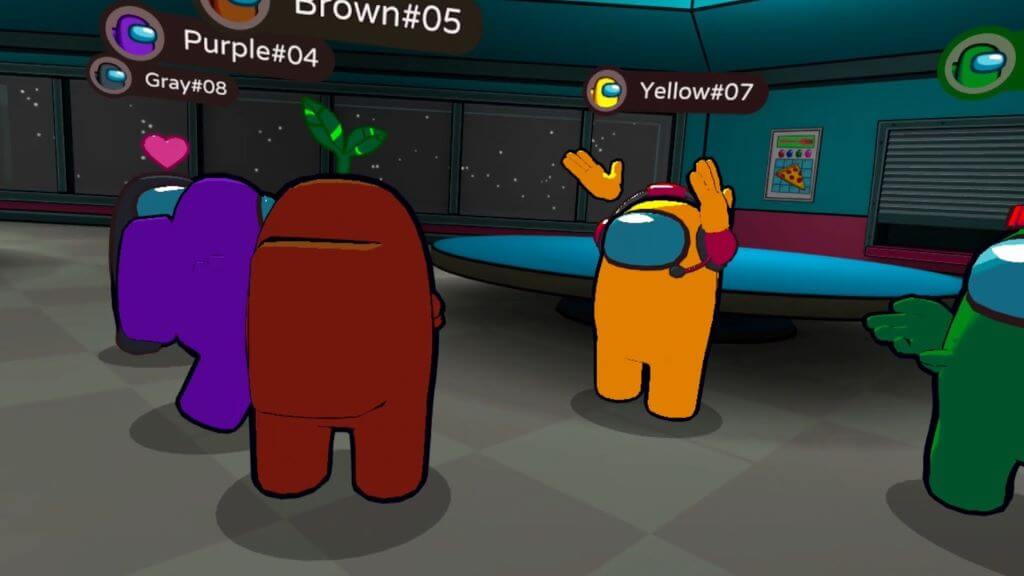
Movement is smooth, and your view goes into a sort of tunnel vision while you’re moving to prevent motion sickness. If you’ve read my reviews before, you know I can get motion sickness pretty bad pretty quick, but I find Among Us VR to be pretty comfortable. Also, because everything is controller-based, you can play sitting down.
Taking It Online
There are two main options for playing Among Us VR online, one for smaller and shorter games, and one for longer and more populated matches. A shorter game might only have five players including one Impostor, while the longer games have more crewmates and more Impostors. Other than that, the gameplay is the same.
There’s no formal breakdown of how a game plays out in terms of round length or anything like that. But, there is a sort of structure. Here’s how it plays out, as I understand it:
The Impostors can murder one crewmate and sabotage one ship component per round. A round culminates in an “emergency meeting” called when a body is discovered. All of the players converge on the cafeteria to try to decide who the Impostors are, followed by a round of voting, during which the players vote out one player – who may or may not be the Impostor.

There are a few gameplay elements that make things a little trickier. For example, Impostors can still fix sabotages and report bodies. This helps them make it look like they’re really part of the team. Further, fixing sabotages usually requires standing still and facing a wall for a few seconds – a prime opportunity to get murdered by an Impostor.
Now, About My Crewmates…
The first time that I played Among Us VR, I was definitely the oldest person on deck by probably twenty years. I’m no autumn rooster, but I was definitely surrounded by spring chicks.
When this eventually became apparent, I became an immediate subject of suspicion. I felt a bit like Robin Williams in Hook when the Lost Boys rally against the only adult on their island in Neverland. I managed to survive the game, but only to see the Impostor take the ship. I wonder if this dynamic didn’t make things more interesting.
One crewmate shouted so loudly and so consistently that he knew who the Impostor was during the first round of voting that the rest of us all thought he was casting suspicion off of himself. We voted him off immediately only to find at the end of the game that he had been telling the truth.

I’ve been writing about VR since this particular Impostor was eating dirt in daycare. But Among Us doesn’t care. That’s part of the beauty of the game. I chose not to trust my crewmate. Sure he was young, and sure he got a crewmate to change color in the lobby because “nobody likes purple” but – when push came to shove – I underestimated him and it cost us the ship.
If you would rather play Among Us VR with adults, I have a sneaking suspicion that younger players favor shorter matches. I’m sure that the time of day that you play makes a big difference too. But, we’ve already seen how well I understand children.
Fun for (Almost) Any Age
All things considered, Among Us VR is great fun at a great price. So what, there are grade schoolers online? The game is VR, but it’s also a game with simple mechanics built on a social framework. Maybe in an update developers should acknowledge the “age problem” and have separate lobbies for different ages. In the meantime, grow up and play your little video game.
